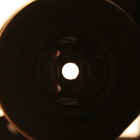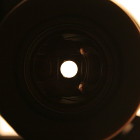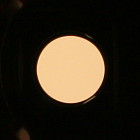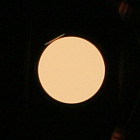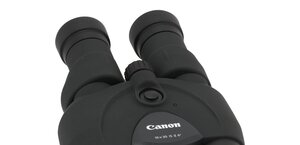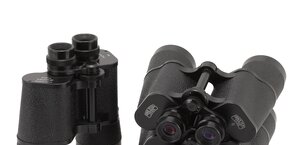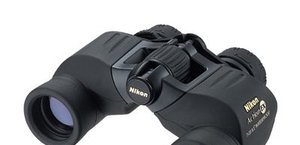Alpen Optics Rainier 10x42
The Rainier binoculars’ housings are made of magnesium alloys, covered by high quality rubber armour which is supposed to make the instruments fully waterproof and also, as they are nitrogen-filled, fogproof. The A-lock focusing system allows to set the focus very quickly and to memorize the settings easily. The eyecups are twist-locked. The binoculars are offered in a stylish packaging, with an additional leather case and a wide, comfortable strap. Like all the Alpen Optics models, also the Rainiers come with a lifetime warranty. This series of binoculars is produced in Japan.
| Magnification | Lens diameter | Angular field of view | Prisms | Eye relief | Weight | Price |
|---|---|---|---|---|---|---|
| 10 | 42 | 114/1000(6.5o) | BaK-4/roof | 16 mm | 935 g | 3999 PLN |
Summary
Pros:
- solid housing,
- large and sharp field of view,
- good transmission,
- very low astigmatism,
- slight coma,
- distortion quite well-controlled,
- excellent whiteness reproduction,
- high class of coatings and prisms,
- low flares,
- good blackening inside,
- minimal focus already from 1.5 meters,
- good guarantee conditions.
Wady:
- significant chromatic aberration at the edge of the field of vision and quite high in the centre,
- minimally asymmetric exit pupils.
Our big 10x42 binoculars test showed that there are plenty of binoculars sold under different names on the market but often coming from the same factory in China or in Japan - the differences between them are very slight. When the Alpen Optics Rainier 10x42 fell into out hands we did a comparison of different models’ parameters and it showed that the Rainier is very much like the Bynolyt Albatross, tested by us before. Please, check it Yourself -
this chart compares those two instruments. When you pore over the specifications for a while you’ll be even more persuaded that the instruments are very similar as both producers boast 60-layer coatings on the roof prisms. Do we deal here with two the same binoculars but sold under different names, then ? Apparently no. The optical system seems to be the same but the coatings are not (they are of different shades) and the housing is different for sure. The Alpen is heavier and its barrel is made of magnesium alloys whereas that of the Bynolyt is made of aluminum.
These minimal differences were of no importance for our test’s results, though, because both binoculars scored very much alike, taking into account the measurement errors. A tad better result of the Alpen is due to a longer guarantee and a slightly better housing. The rest of the performance, within the margin of error of course, is by and large identical. All the words of praise we wrote in the case of the Albatross can be repeated here. The price difference is easily spotted (the Rainier is over 1000 PLN more expensive in Polish market) and it is the result of the currency exchange rate differences. The price of the tested Bynolyt was calculated by the Polish distributor according to the price of the dollar, which cost a bit over 2.7 PLN then. The Alpen’s price, as it has just been launched on the Polish market, has to be calculated according to the current exchange rate which reaches 3.30 PLN.
The Alpen Rainier 10x42 is a set of binoculars undoubtedly worth your attention. It reaches results of the best binoculars produced by the most prestigious manufacturers (virtually the same as the Leica Trinovid) and it is cheaper at the same time. In fact, apart from the significant chromatic aberration and heavy weight it has no disadvantages. All the rest of optical aberrations are corrected exemplary or very well, the housing is very solid and the barrel made of magnesium alloys. It comes with a lifetime warranty. Really, it would be difficult to ask for more! If we look at the transmission graph below, though, it seems that there’s still a bit to catch up to the best instruments. In the visible spectrum centre the average transmission reaches 88.5% so the result is very good but not outstanding.
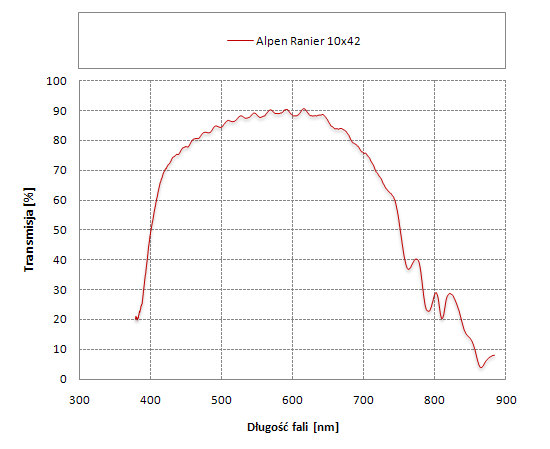 |






